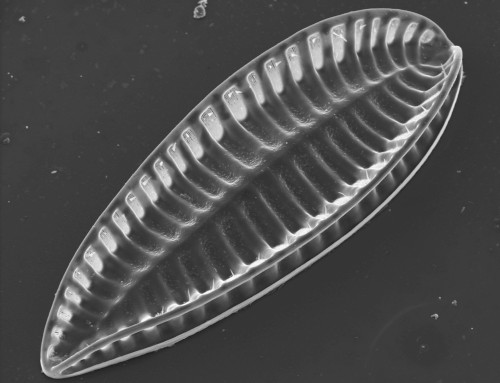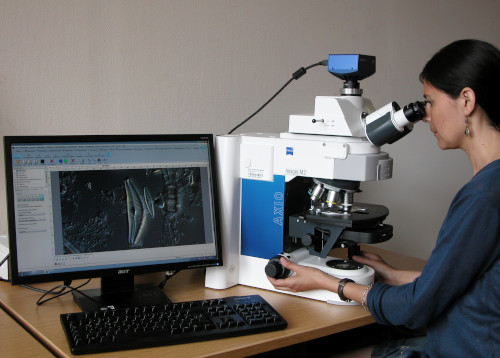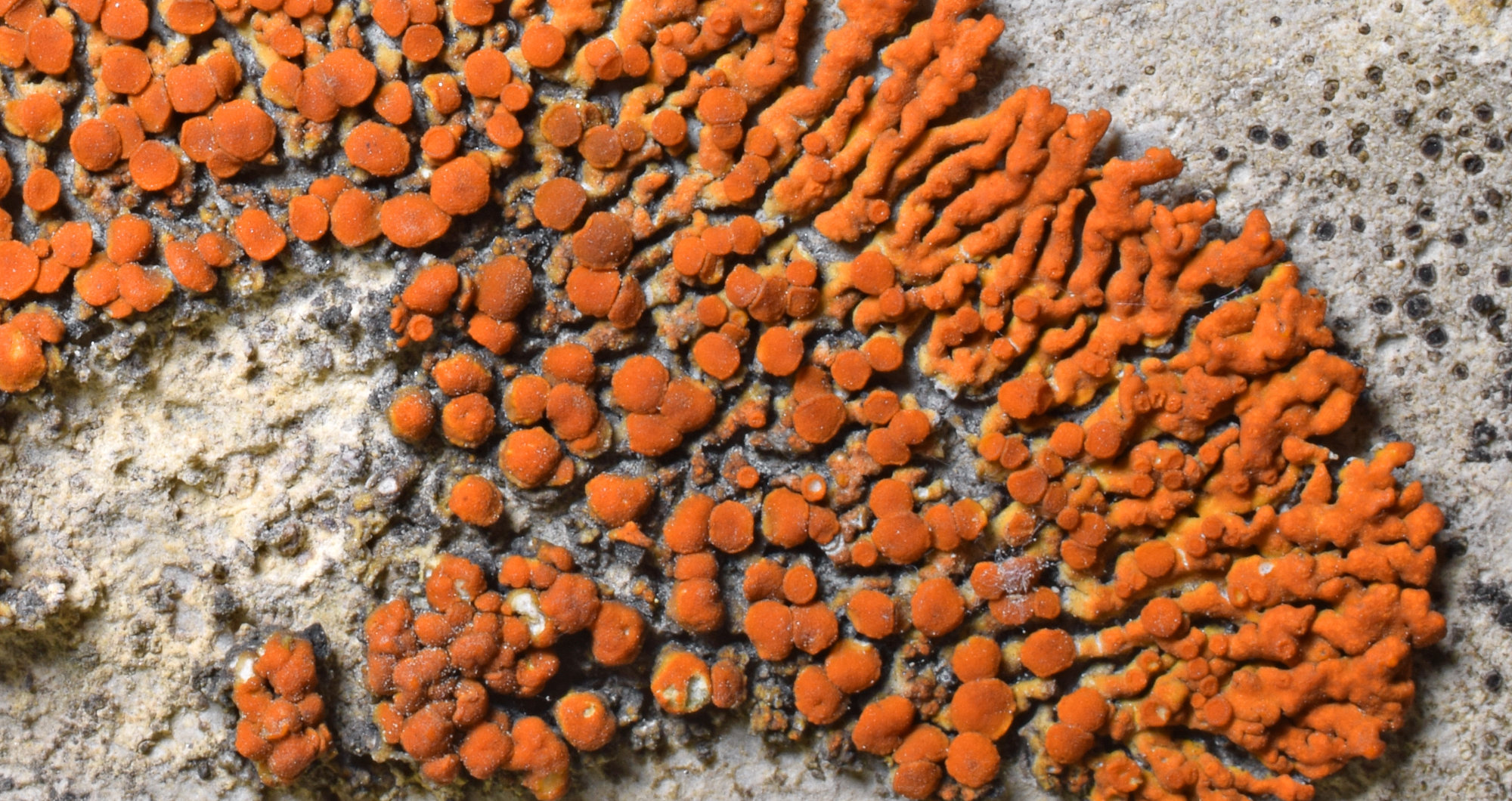Botanical collections of plants, fungi and algae are a humongous treasure of biodiversity knowledge stored in many museums and institutions throughout Germany. They’ve been compiled by botanists over centuries and continue to grow. They are testimony of the plant diversity in the past and the present, of species that can still be found or that have become extinct.

The objects in these collections are called specimens and are very diverse, ranging from dried plants mounted on cardboard sheets or kept in envelopes (mosses and fungi), specimens preserved in fluids, wood samples, fruits, seeds, fibres, and pollen, as well as preparations on microscope slides. Other collections, such as DNA and tissue collections, as well as living collections of botanical gardens and seed banks are not included in the Virtual Herbarium.

Herbarium specimens are a valuable source of information and material for today’s biological research, for example for getting a better understanding of past and ongoing changes (and losses) of our biodiversity, for biodiversity modelling and conservation planning. Specimen scans can be the starting point for automated image recognition by artificial intelligence, thus enabling provenance research as well as education, outreach and citizen science.

Yet, most of them remain hidden in vaults and are invisible to the general public; only a few objects become exhibits in museums. The Virtual Herbarium aims at overcoming this constraint by enabling an easy discovery of the digitised specimens of German botanical collections. It can be used by scientists to find specimens of interest based on a multitude of search criteria and by a wider audience through simple browsing of records or digital images.
The 70 herbaria in Germany house an estimated 22.2 million specimens, about 6% of the specimens worldwide and 13% of the specimens stored in European herbaria. Efforts to digitise all specimens are ongoing, but ressources available for data capture and imaging are limited. Scanning of herbarium sheets (pressed flat specimens mounted on stiff paper) is comparatively simple and thus most advanced, while other types of specimens (e.g. seeds stored in boxes or microscopic slides) require a much higher effort, so that only small numbers of them are accessible online.
Browse list Explore in map View images
Currently 787,000 records can be browsed in the Virtual Herbarium Germany, of which xx come with high-resolution images that allow for an in-depth study of the original specimen. The accessible data stem from xx collections provided by xx museums, botanical gardens or universities and cover botanical specimens from all over the world.

